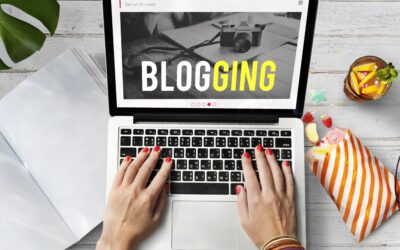In an era dominated by virtual meetings, online content creation, and social media, being comfortable and confident on camera has become a valuable skill. Whether you’re participating in a video conference, recording content for your YouTube channel, or simply taking a selfie for social media, projecting confidence on camera can significantly enhance your presence. In this article, we will explore various tips and tricks to help you look good and feel confident while on camera.
Grooming & Appearance:
a. Dress Appropriately: Choose outfits that make you feel good about yourself. Solid colors often work well on camera, and it’s essential to avoid patterns that may distract viewers.
b. Maintain Good Posture: Sit or stand up straight to convey confidence. This not only improves your overall appearance but also boosts your self-assurance.
c. Hair and Makeup: Keep your hair neat and styled, and consider applying a minimal amount of makeup if that’s something you’re comfortable with. A well-groomed appearance can significantly impact how you feel on camera.
Lighting & Background:
a. Natural Light is Key: Whenever possible, position yourself facing a natural light source. Soft, diffused light is flattering and reduces harsh shadows.
b. Background Matters: Choose a clean and clutter-free background to avoid distractions. A well-organized and visually appealing backdrop can enhance your overall image.
c. Experiment with Lighting Setups: If natural light is unavailable, consider investing in good-quality artificial lighting. Try out various lighting configurations to discover the one that suits you the most.
Camera Positioning:
a. Eye Level: Position the camera at eye level or slightly above. This angle is generally the most flattering and helps you maintain a professional appearance.
b. Maintain Eye Contact: Look directly into the camera lens to create a sense of connection with your audience. This helps convey confidence and authenticity.
Practice & Preparation:
a. Rehearse Your Material: Whether you’re giving a presentation or recording a video, practice beforehand to boost your confidence. Familiarity with your content allows you to speak more naturally on camera.
b. Take Breaks: If you’re recording a lengthy video, take short breaks to relax and reset. This can help you maintain energy and enthusiasm throughout the recording.
Expressiveness & Body Language:
a. Use Hand Gestures: Expressive hand gestures can add dynamism to your on-camera presence. However, be mindful not to overdo it, as subtlety often works best.
b. Smile and Be Authentic: A genuine smile goes a long way in making you appear approachable and confident. Authenticity is a key, so be yourself and let your personality shine through.
Technical Considerations:
a. Camera Quality: If possible, use a high-quality camera to capture crisp and clear footage. However, modern smartphones often have excellent cameras that can produce impressive results.
b. Audio Quality: Invest in a good microphone to ensure clear and crisp audio. Good sound quality is equally important as visual quality for creating a positive viewer experience.
Conclusion:
Looking good and feeling confident on camera is a skill that can be developed with practice and attention to detail. By paying attention to grooming, lighting, camera positioning, and your overall presentation, you can enhance your on-camera presence and make a positive impact on your audience. Remember to be authentic, enjoy the process, and let your natural confidence shine through the lens.

